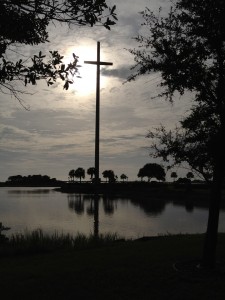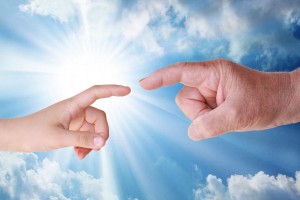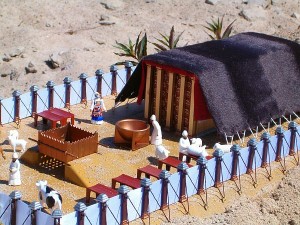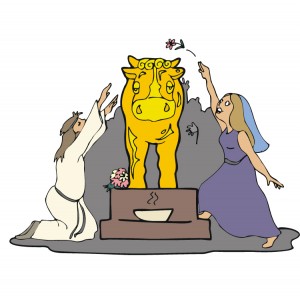Leviticus 1:16, Beside the altar on the east part. It is interesting to note that in Jerusalem on the Temple Mount, the east side of the altar of sacrifice in the temple faced the Mount of Olives, the base of which is only a few minutes walk (less than 1000 feet) down from the Temple Mount and across the small Kidron Valley.
This is the same area where the Garden of Gethsemane is located (also at the base of the Mount of Olives just above the Kidron Valley) where Yeshua prayed before his crucifixion and sweat great drops of blood (Luke 22:44).
Directly above this same spot is where the altar of the red heifer was located (see Mishnah Parah 3:6c and The Temple, Its Ministry and Service, p. 283, by Alfred Edhersheim).
Furthermore, the writer of Hebrews links the place of Yeshua’s crucifixion to the spot where the red heifer was killed (Heb 13:12–13 cp. 9:13).
And finally, we know that from the place of the crucifixion, the front of the temple was clearly visible (Luke 23:45, 47).
We see that the sprinkling of the blood on the east side of the altar (on the side of the altar facing the exact spot where Yeshua died on the cross) is a prophetic shadow picture pointing to the eventual death of Yeshua the Lamb of Elohim slain from the foundation of the world to take away the sins of the world once and for all!





